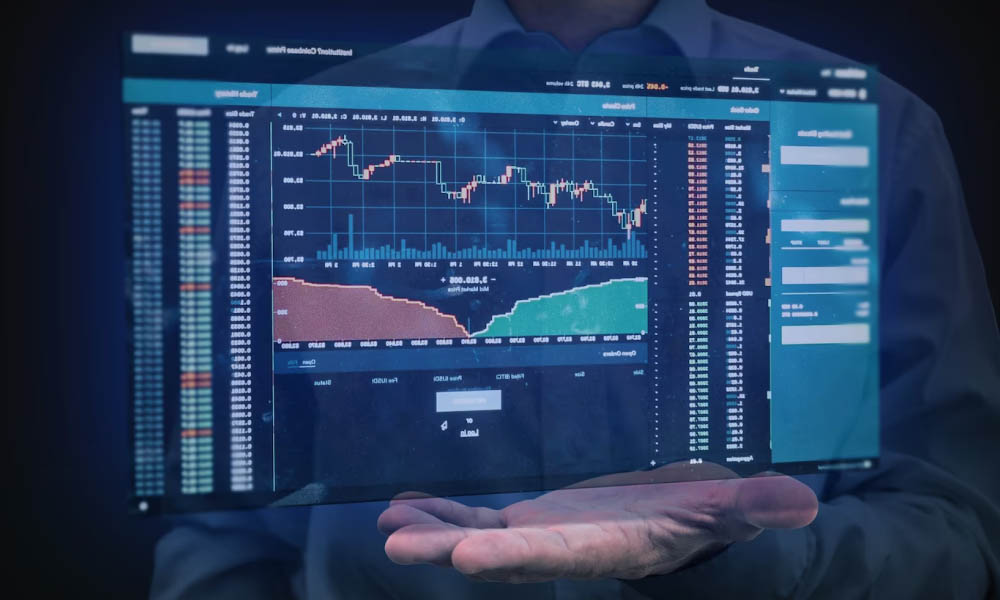
In the ever-evolving world of cryptocurrency trading, understanding market dynamics is crucial for success. One of the most instrumental aspects of market analysis is trading volume, which can provide insights into price movements and market sentiment. To explore the essential tools that can help traders analyze crypto trading volume effectively, Crypto Trading Volume Tools click here. In this article, we delve into various tools, methodologies, and strategies that will empower traders to make informed decisions in their crypto investments.
Trading volume refers to the total amount of assets traded within a specific timeframe, usually measured in units (like BTC, ETH) or in terms of value (like USD). High trading volume often indicates a strong interest in a particular cryptocurrency, while low volume may signify a lack of interest or the potential for price stagnation. Understanding trading volume is essential for determining market trends as it helps traders gauge the strength of price movements.
1. **Identifying Trends:** Volume can confirm price trends. For example, if a price is rising and trading volume is increasing, it suggests that the trend is likely to continue. Conversely, if a price increases but volume is decreasing, it could indicate a potential reversal.
2. **Market Sentiment:** Analyzing trading volume can help traders understand market sentiment. High volume often correlates with heightened interest and potentially indicates that a significant shift in market sentiment is underway.
3. **Liquidity Assessment:** Volume gives insight into how easily a cryptocurrency can be bought or sold. Higher trading volumes typically indicate higher liquidity, allowing traders to enter and exit positions with minimal price disruption.

Most major cryptocurrency exchanges, such as Binance, Coinbase, and Kraken, provide integrated tools for tracking trading volume. These platforms display real-time volume data for each trading pair, often alongside price charts. Utilizing built-in analytics can help traders make quicker, more informed decisions based on current volume trends.
Charting software, such as TradingView and Coinigy, allows traders to visualize trading volume alongside price charts. By incorporating volume indicators, traders can identify patterns and make technical analyses more robust. Common volume indicators include:
Several websites specialize in providing detailed analytics regarding crypto trading volume. Websites like CoinMarketCap and CoinGecko offer not only price data but also detailed trading volume statistics across various exchanges and trading pairs. Additionally, they provide historical volume data, enabling traders to spot long-term trends.
Blockchain explorers, such as Etherscan for Ethereum or Blockchair for Bitcoin, provide insights into on-chain trading volume. By analyzing transactions on the blockchain, traders can determine the flow of a cryptocurrency and its trading activity over time. This data can complement volume analyses on exchanges.

One of the most popular strategies is to look for volume breakouts. This occurs when the trading volume significantly exceeds its average level, indicating a potential price move either upwards or downwards. Traders often use this as an entry point, believing that a breakout could lead to substantial price movement.
Divergence between price and volume can indicate potential reversals. For instance, if the price of a cryptocurrency is rising, but the volume is decreasing, it might indicate that the uptrend is losing strength. Conversely, if a price is falling and volume is increasing, it may suggest that sellers are becoming more aggressive.
Identifying volume clusters helps traders see where the most activity has occurred over a specific time frame. These clusters can act as support and resistance levels, providing critical information for placing trades. Analyzing how price interacts with these clusters can greatly assist in making strategic decisions.
While trading volume is a vital metric, it is not without its challenges. Manipulation practices, such as wash trading, can inflate volume figures misleadingly. Additionally, not all trading volume is created equal; exchanges differ in legitimacy, and thus their reported volumes can vastly differ. Traders must remain vigilant and use volume data in conjunction with other indicators and analyses to avoid falling prey to misinterpretations.
In the dynamic landscape of cryptocurrency trading, volume analysis is an invaluable tool for traders. By leveraging various crypto trading volume tools, traders can enhance their market understanding and improve their trading strategies. However, volume must be interpreted in context; using it alongside other indicators and maintaining critical thinking will yield the best results. With continuous learning and the right analytical tools, traders can navigate the complexities of the crypto market more effectively and make more informed trading decisions.